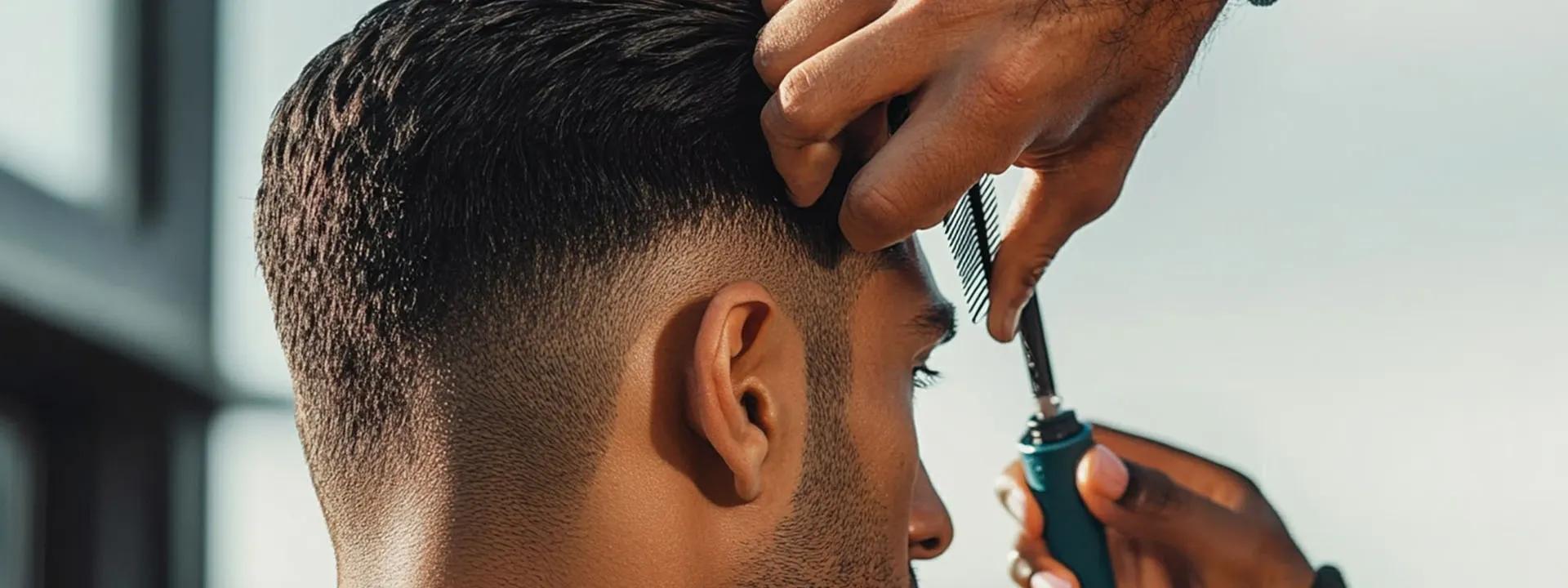The textured top is having a major moment right now, and it pairs perfectly with low fades. This combination gives you that effortless, just-rolled-out-of-bed look that somehow still appears put-together. Your barber will use scissors to create choppy, uneven lengths on top while keeping the sides clean with the low fade. It's casual enough for weekends but smart enough for work.
Low Fade with Beard Styles
Combining your low fade with the right beard creates a cohesive look that frames your face perfectly. The fade can blend seamlessly into your beard line, creating one continuous flow. Whether you're rocking a full beard, stubble, or something in between, the low fade provides a clean backdrop that makes your facial hair look more intentional and well-groomed.
Frequently Asked Questions
How often should I get my low fade haircut touched up?
Most blokes need a touch-up every 2-3 weeks to keep their low fade looking sharp. If you're particular about always looking fresh, every 2 weeks works best. Your hair growth rate and how quickly the fade grows out will determine your personal schedule.
Can I maintain a low fade at home between barber visits?
While you can do basic maintenance like washing and styling, recreating a professional low fade at home is pretty tricky. You might manage minor touch-ups around the edges, but for the best results, stick to professional barber visits for the actual fade work.
What face shapes work best with a low fade haircut?
Low fades are brilliant because they work with most face shapes. They're particularly flattering for round and square faces as they add vertical lines and balance. Oval faces can pretty much rock any variation, while long faces benefit from keeping some length on top.
How do I communicate with my barber to get the perfect low fade?
Bring photos of what you want, and be specific about where you want the fade to start. Terms like 'low fade starting just above the ears' help. Don't be afraid to ask questions during the cut, and speak up if something doesn't feel right.
Are low fades suitable for professional work environments?
Absolutely. Low fades are one of the most workplace-appropriate fade styles because they're subtle and clean. They give you a polished, professional appearance while still being current and stylish.
Final Thoughts
The low fade haircut has earned its place as a modern classic for good reason. It's the perfect balance of style and practicality, working across different hair types, face shapes, and lifestyles. Whether you're looking to update your current look or trying something completely new, the low fade offers endless possibilities for customisation. The key is finding a skilled barber who understands your hair type and personal style. Remember, the best haircut is one that makes you feel confident and suits your daily routine—and the low fade ticks both those boxes beautifully.
